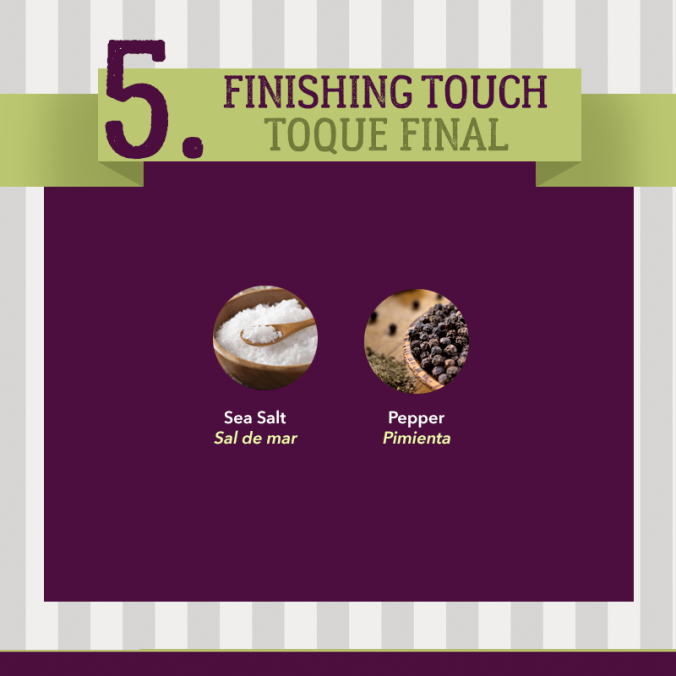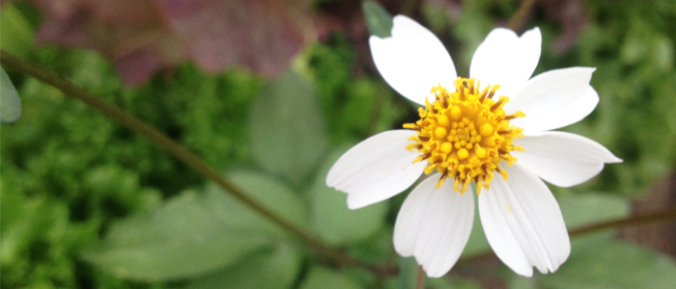
1. Drink A Glass Of Water As Soon As You Wake Up
This rehydrates your body, revs up your digestive system, and gets things flowing. You may notice positive changes like clearer skin and better digestion. Bonus points if you add a squeeze of fresh lemon juice or a teaspoon of apple cider vinegar
2. Do Not Check Your Email Or Phone For At Least An Hour
Do you sleep with your cell phone next to you and grab for it first thing when you wake? This is not a good habit. If you choose to resist the temptation to check your email and Facebook feed until at least an hour after waking up, you’ll find that your mind is more clear, focused and happy.
3. Think Of One Thing For Which You Have Gratitude
This sets the stage for positivity throughout the day. If you come up with three or five things, even better.
4. Step Outside And Take A Deep Breath
Fill your lungs with fresh air. This only takes 10 seconds! It reminds you that you are alive and breathing.
5. Move Your Body
You don’t necessarily have to do an intense workout before breakfast, but moving your body even a little is a great way to get the blood flowing and shake the body into wake-up mode. Simply doing a few stretches is a great option. Or turn on your favorite song and dance like no one is watching.
6. Take Time To Eat A Healthy Breakfast
Rather than reaching for a box of cereal, focus on getting real foods in your body. Eggs, soaked oats, and smoothies are all great options. (And they really don’t take that much time to prepare.) Try it out.
7. Say Your Affirmations
Look into the mirror and say something positive to yourself. Some ideas:
- I radiate beauty, confidence and grace.
- Every cell in my body is healthy and vibrant.
- I feel great when I take care of myself.
SOURCE: MIND BODY GREEN AND BE FOOD SAVVY






















